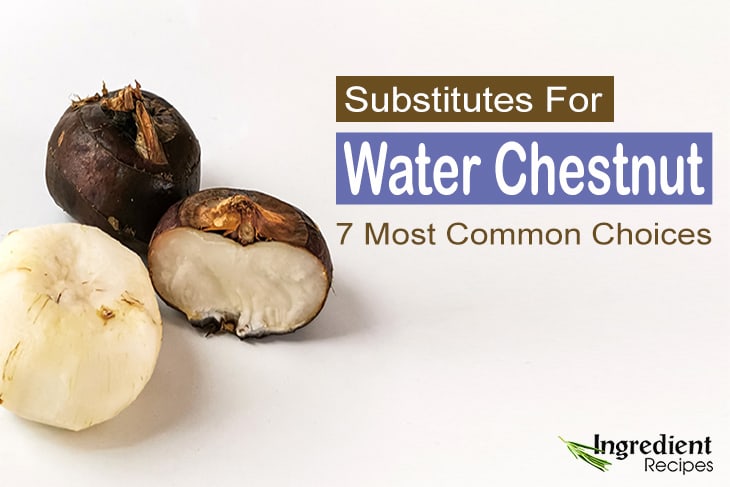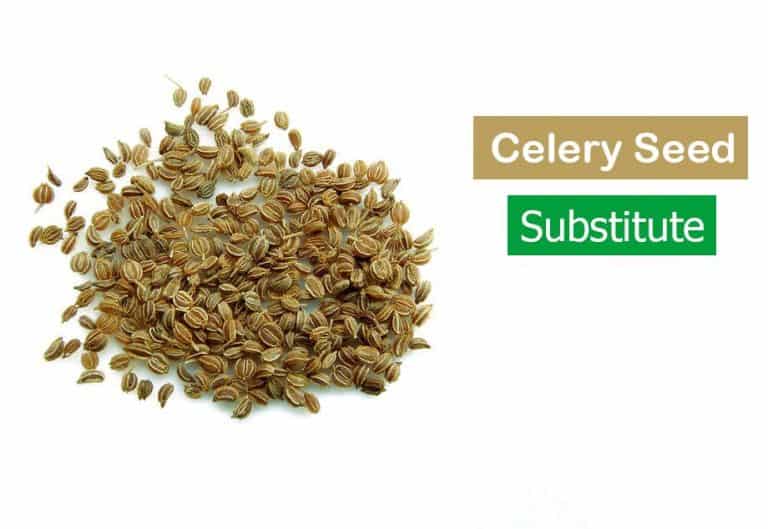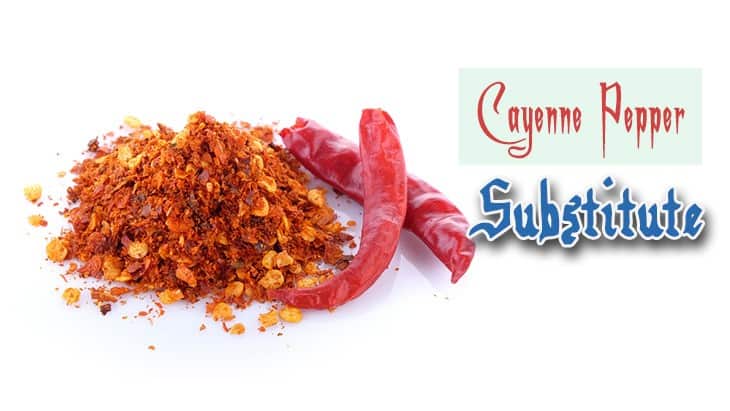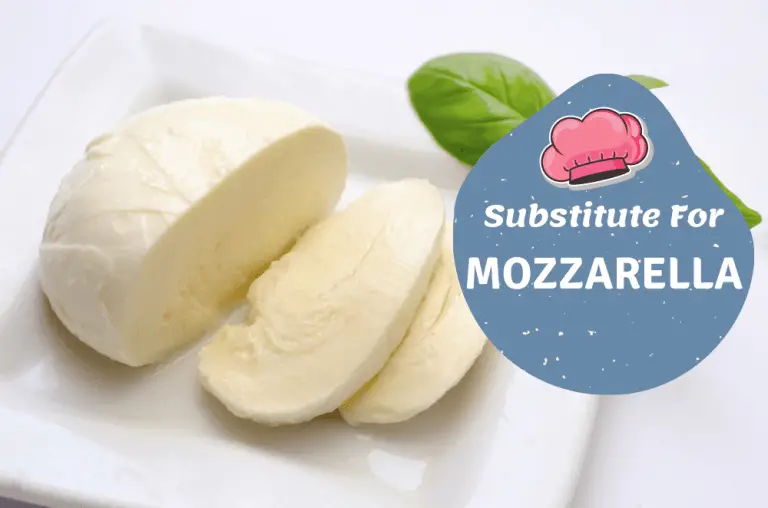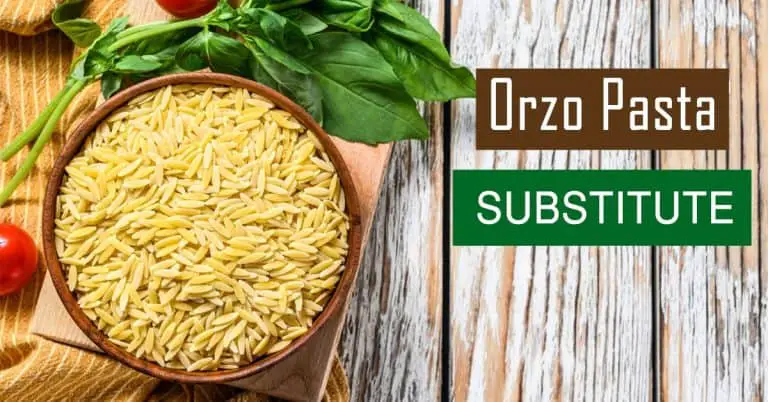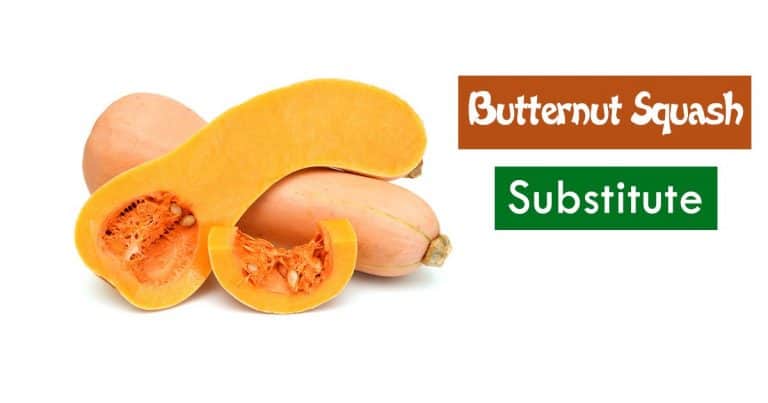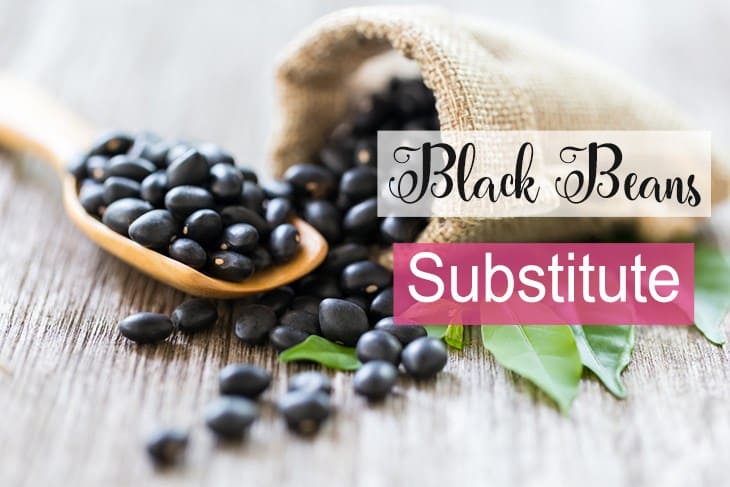
Everyone knows that black beans are a nutritious food, which sometimes substitutes meat for their dense texture and dark color. However, home chefs often seek the substitute for black beans since maintaining its full protein in the dish is quite challenging.
Cooking is a type of art, and it’s not right for art to be confined by one specific ingredient. Therefore, this article is devoted to those who need the similar nutritional value of black beans but have limited access to them or who would love to substitute its texture for other types of foods.
The Suitable Alternatives for Black Beans
Black beans are small in size and bright black. These beans are especially popular in Latin America’s cuisine. They have a sweet taste and a dense, meaty texture, making them a popular ingredient in vegetarian dishes such as the famous Mexican-American burrito.
Black beans are rich in fiber content and protein. They can strengthen the kidney, lower blood pressure, relieve diabetes, or lose weight.
They are different from other types of beans for their dark color and creamy texture, which is ideal for making soups and stews. But if you know how to season and are not so picky with your dish, you can pretty much substitute black beans for any other legumes.
If not, then here are the full guides of which ingredients you can substitute for black beans and why.
For European Dishes
1. Kidney Beans
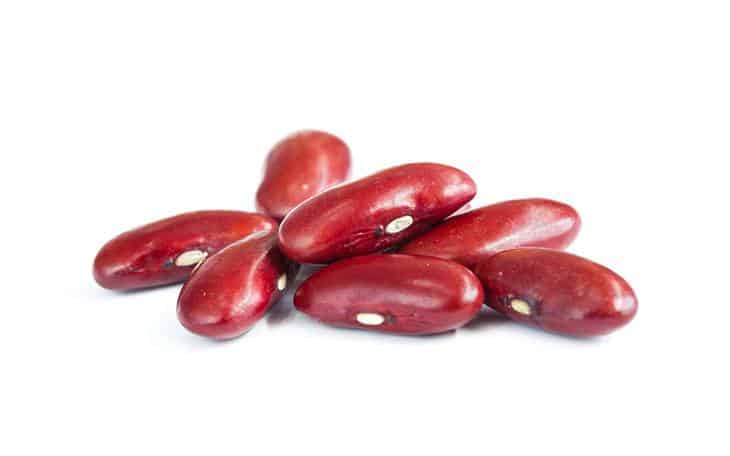
The kidney beans, which originated from Peru, are the obvious first choice for replacing black beans. In fact, the red counterparts are more suitable for making sauces or dips than the black beans.
In shape, they are oval and resemble the kidney’s form and color – red and shiny. They have a softer texture and lighter taste, but they’re still able to blend into any dish as the black beans substitute.
Kidney beans present in most of the home kitchen for their effect of replenishing the calcium needed by the human body. Many home cooks exchange black beans for kidney beans in dishes such as Cilantro salad, or Vegan Curry.
It’s best to soak them underwater for at least 1 hour before cooking. After that, quickly dry the beans, cover them again with a fresh change of cold water, add a pinch of salt, then boil them. By doing so, the texture of the beans will be soft much faster.
Here is the substitute for kidney beans if you don’t have this excellent ingredient at home.
2. Chickpeas
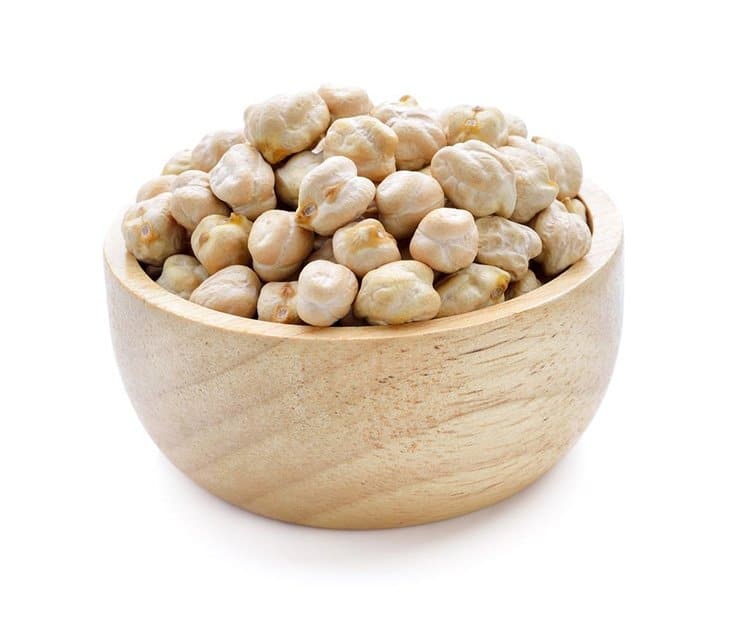
Chick peas or chickpeas are the unofficial kings of vegan cuisine. Rare legumes can compete with them in protein content: 100 grams of chickpeas contain almost 30 grams of protein.
As the amino acid lysine in chickpeas can build mass without accumulating unnecessary fat, they are mostly in the diet of athletes and all those who monitor their health.
Chickpeas taste nothing like peas, beans, or soybeans. They have a delicious nut-like flavor and buttery texture. The most popular dishes with this legume are falafel and hummus.
Since they have the same size and nutritional value, chickpeas are the good alternative for almost all recipes that call out black beans. They are close enough to be interchangeable.
Keep in mind that uncooked chickpeas can be quite toxic. Therefore, always make sure to fully cook the ingredients for more than a few minutes!
3. Lentils
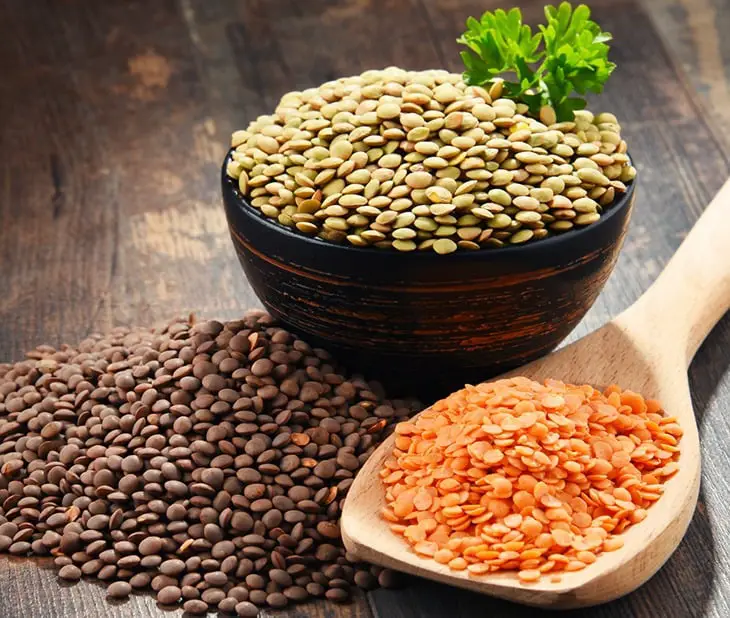
Lentils divide into two categories: green and red. While green lentils are the champion of insoluble sources of fiber for their useful combination with cereal, red lentils are high in iron and folate.
Its homeland is in the South-West Asia territory, but they are now grown in many countries such as India, America, Nepal, Turkey, etc.
Each type of lentils tastes different. The green one has a herbaceous aftertaste, but the red lentils offer a nutty and mild flavor, while the polished green (more like yellow) has a very delicate taste of mushroom.
If you wish for a stronger flavor than the natural sweetener taste of black beans, lentils are your great choice.
Green lentils are great for mixing with rice and raisins to create the famously delicious Mujadara dish. As for the red lentils, cooking Turkish soup with bulgur and them is perfect. This ingredient helps lower blood sugar and cholesterol levels.
4. Cauliflower

Cauliflower gives us a unique chance to taste flowers. Scientists believe that cauliflower was bred in Syria about 2 thousand years ago.
It is high in fiber, vitamin C, and antioxidants that can fight against cancer. Its fiber enhances weight loss and digestion, as well as memory and brain nerves.
As for Asian cuisine, this plant is fried in a wok with other vegetables. It is very tasty to bake cauliflower in the oven without the pre-boiling step since it offers a strong nutty flavor.
Since cauliflower has a chewier texture than black beans, we highly recommend switching the legumes to this source of vitamins in salad dishes.
You can also smash the cauliflower to make rice cauliflower and use the outcome to create some Mexican-style wraps as the alternatives.
5. Pinto Beans
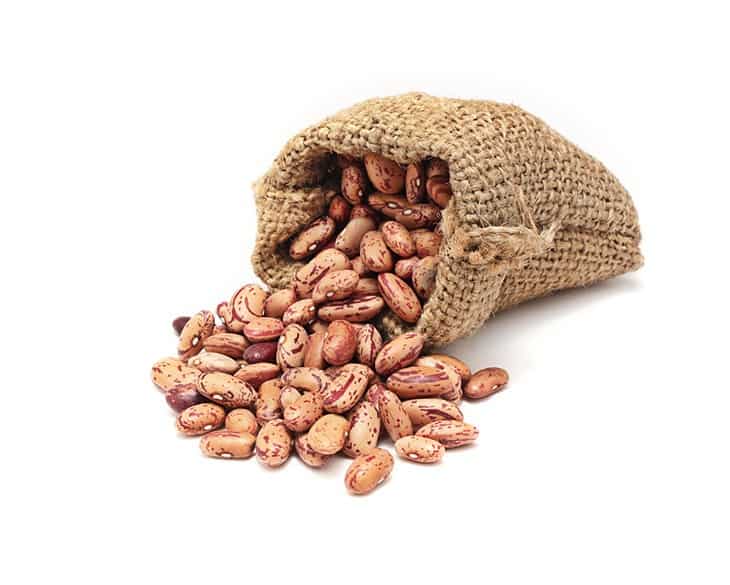
Perhaps the pinto is one of the most spectacular beans.
Being a wide variety of common beans – pinto – is an excellent tool for lowering blood cholesterol and stabilizing sugar levels immediately after meals.
With pinto beans, you can fry, mash, or season them with spices. Since they have a nutty and earthly flavor, the pinto beans are quite suitable to substitute for salads, stews, casseroles, wraps, namely Mexican Black Bean or Black Bean and Corn salad.
Regardless of the cooking method, do not add salt or seasonings with a strong, dominant sour taste, such as lemon juice, during cooking. The beans will become tougher, consequently increasing the cooking time. It is better to add such ingredients at the very end step of the cooking process.
For Asian Dishes
1. White Rice
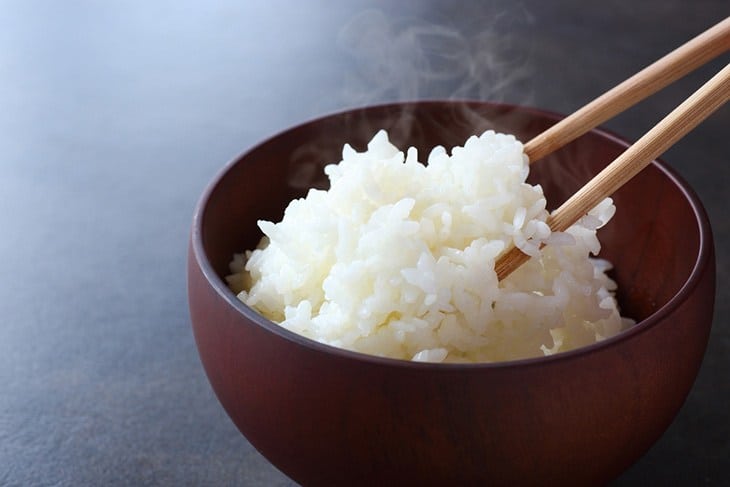
In many Asian recipes, rice is considered a traditional food that cannot be neglected in any meal. White rice can strengthen nails, improve bowel function, and even slow down the skin’s aging process.
They contain the most complex carbohydrates, which are a source of energy and muscle support. If consumed regularly, they can normalize blood pressure and strengthen blood vessels.
You can successfully substitute black beans with rice if your recipe requires most of this legume’s ingredients.
While rice differs from black dry beans in color, flavor, and texture. But that doesn’t mean swapping out one for another necessarily ends up in an unpleasant dish, especially if you prefer the taste and rice texture.
In Asia, black beans are often used in making porridge or sweet soup. And of course, rice can also be cooked by various methods that bring the same result.
We don’t recommend using rice as the black bean substitute for chilis or sauces since its thicker texture and flavor are contrary to these food types.
2. Tofu
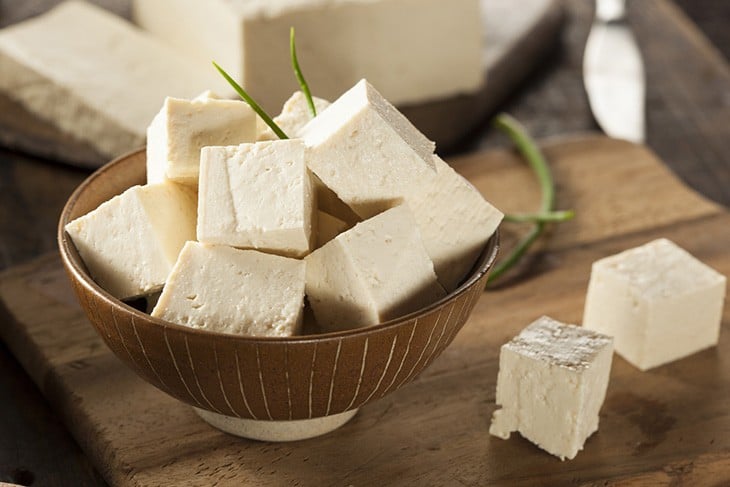
We can all agree that tofu has a long history in Chinese food and cuisine.
It has a neutral flavor, that is, practically absent taste, for which it can be called a clean slate in cooking. Like a sponge, it absorbs the aroma of any spice, seasoning, or sauce.
Eating tofu has a beneficial effect on the cardiovascular, nervous systems, digestion, strengthening the immune system, and reducing the risk of gallstones and kidney stones.
Tofu mostly presents as the source of protein ingredients in soups. You can also make a quick protein-rich breakfast with tofu and scrambled eggs instead of black beans.
Craving for some black bean soup? How about switching to the Japanese traditional miso soup where the main ingredient is fresh and delicious tofu?
To preserve the beneficial properties and the described beauty of the soybean curd, it’s better to exclude intense frying in a large amount of oil.
3. Red Jujube
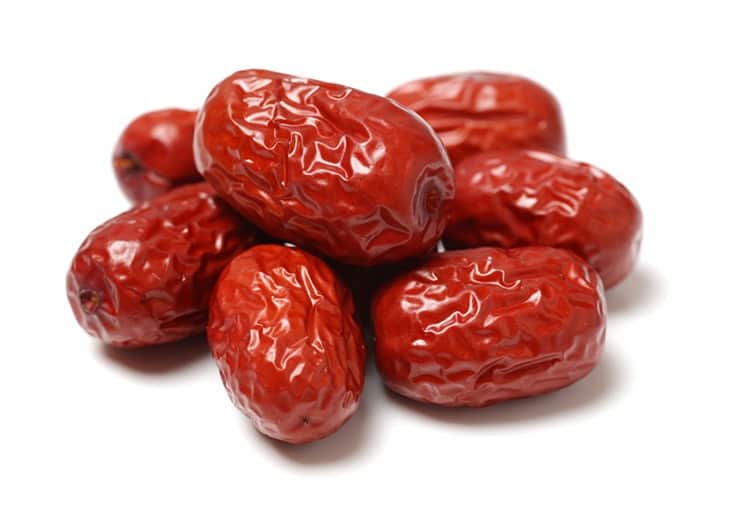
In many Asian traditions, especially China, black beans/jujube porridge is the best dish to help the body hydrate and recover from lack of anemia. Even though they have different colors and shapes, both ingredients’ health benefits and cooking methods are similar.
Jujube is very beneficial for maintaining the elasticity of blood vessel walls, enhancing the immune function, preventing cancer, detoxifying, protecting the liver, and many more.
Do not eat high protein sources such as seafood and dairy products immediately after eating red dates. Vitamin C in these dates will make the protein clump and be difficult to absorb. Therefore, leave a break of 30 minutes to 2 hours in between the two foods.
4. Mung Beans
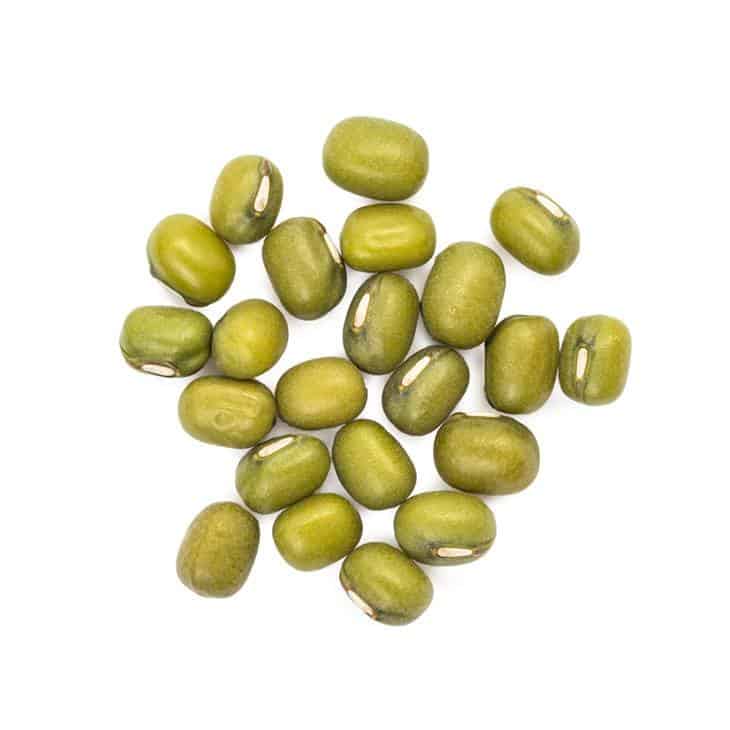
Mung beans are another popular product in vegetarian cuisine. They are the rich source of protein, vegetable fats, slow carbohydrates, B vitamins, and fiber. And these green beans are also loved and appreciated for a large amount of iron.
Mung beans can supplement the nutrients consumed in metabolism. They also have the effects of clearing away heat and detoxification, strengthening the stomach, and reducing liver fire.
These health positive effects are very similar to the black beans’. And since they are in the legumes family, mung beans can be a great substitute in salads, stews dishes, porridges, and soup dishes.
Mung beans go well with rice – this is how they prepare food in India, Iran, Uzbekistan, and many other countries. Of course, everyone adds their spices, and the taste of the dish is original and unique. The mung beans boil well and serve as a base for a nutritious vegetarian soup.
5. Black Sesame

Do you know that apart from making soup and dips, black beans are also the ingredients for traditional desserts in China, such as cake or sweet dim sum? However, if you wish to taste another Chinese dessert that is nutritional but more unique, you might want to switch to black sesame soup.
Even though the sesame seed has a hint of bitterness, it still offers a super-nutty flavor that can harmonize with white flour and sugar for the infamous sweet soup.
The black color of sesame can work as the alternative food coloring effect for the black bean, such as in the Muddy Dim Sum or Black Bean Brownies recipe.
Black sesame decreases cholesterol levels in the blood, helps fight stress, and normalizes healthy sleep. It is also rich in calories, so if you are trying to lose weight or are overweight, do not consume any black sesame.
6. Okra

Okra originated from the territory of modern Ethiopia, which tastes like a mixture of asparagus and eggplant.
Okra has the effect of invigorating the kidneys, strengthening the body, promoting digestion, and being among the best in vegetables. Because it contains viscous liquid, it is also rich in arabinan, protein, rhamnan, and galactan.
It is perhaps one of the most popular vegetables among the Middle East, North India, and Pakistan cuisines.
Okra can be a great substitute for black beans for its opposite texture. It may sound contradictory, but there are types of food that can blend with numerous ingredients and still retain the original food’s taste.
For example, if you often eat black beans with rice and corn, you can replace it with okra, like how Haiti’s people often eat it.
7. Coriander

If you’re looking for an alternative food for kidney detoxifying, coriander is another suitable choice. It is the type of annual herb of the Umbelliferae family.
Theỉ leaves have the peculiar bitter taste, distinct flavor, and an excellent pungent aroma that often exist in the salad, soup, or in combination with other herbs.
The best way to detox the kidneys with coriander is to drink coriander juice. However, if you have favorite recipes that you wish to replace the coriander with black beans, it would better be a salad or hot sauce recipe.
Coriander works best as the complement factor to the food, not as the main ingredient.
Frequently Asked Questions
What type of dish can you replace black beans?
There are many types of dishes that you can omit black beans and go for other alternative ingredients.
If the dish is salad, then coriander, kidney beans, cauliflower, pinto beans, or mung beans are our suggestion. They have different tastes and shapes, but the flavors and smooth texture all harmonize with the vegetable dishes.
But if the recipe is more towards soup and porridge, then tofu, kidney beans, rice, and jujube are other good options.
What happens if you eat black beans every day?
Black beans are very nutritious, and you can eat them every day as long as consumed moderately.
If you eat black beans every day, you can appropriately reduce the body’s intake of high-fat foods, which is very helpful for people who wish to lose weight.
Moreover, since the total protein intake of beans is large, you can combine your meal with fruits or vegetables and the nutrition can be balanced. Feel free to eat black beans every day, but pay a little attention to the amount.
Who should not consume black beans regularly?
Young children or adults with severe kidney disease should not eat black beans too regularly because they are not easy to digest.
They are forbidden for gout patients as well. Because beans are high in purines, which can cause uric acid metabolism disorders, and uric acid deposits on bones and joints, causing gout.
For people with weak liver function, eating black beans can easily aggravate liver disease and cause fatty liver.
Is eating raw black beans harmful?
Yes, indeed, it is. Black beans are not suitable to be eaten raw, especially those with poor digestion and stomach pain.
Raw black beans reduce the absorption and utilization of protein that might cause thyroid insufficiency and swelling. It is best to eat cooked beans, or processed products such as black soybean milk, black soybean paste, etc.
Conclusion
Finding the perfect substitute for black beans is not very challenging since they have a common taste and shape that can be easily found in other varieties of food.
You should carefully select the substitutes for black beans of different dishes and recipes if you don’t want to alter the dish’s entire flavor.
When picking the black beans’ replaced ingredients, our utmost advice is to go for other legumes, such as kidney beans, chickpeas, etc.

